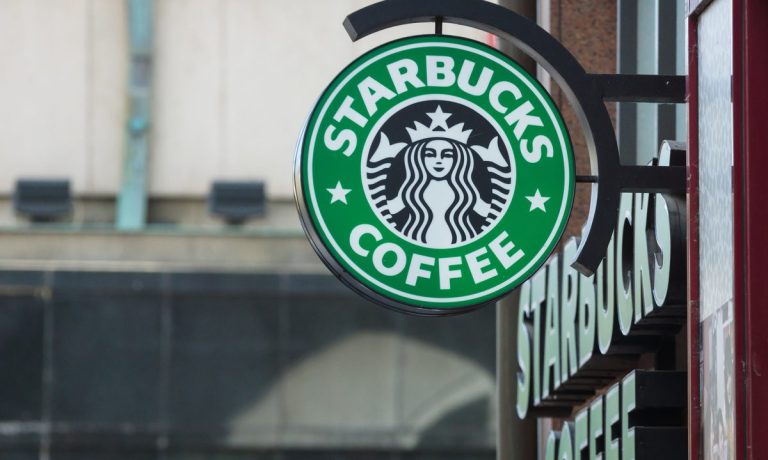
Before becoming CEO of Starbucks, Laxman Narasimhan worked as a barista at one of its stores.
This isn’t a rags-to-riches story. The six months Narasimhan spent learning how to whip up frappuccinos were designed to help the CEO-to-be bridge a gap between Starbucks’ executives and workers, The Wall Street Journal reported Wednesday (Sept. 27).
“Having worked as a partner, it’s clear to me that there are things that we need to do,” Narasimhan told the WSJ.
Although Starbucks is seeing record sales, tensions between baristas and management are hindering its expansion plans, as employee turnover is threatening its goal of 18,400 stores by 2030, the report said.
Starbucks has pledged to spend $1 billion to raise wages and benefits, while some baristas are working to organize for better demands. Over the past two years, roughly 360 stores voted to join the Starbucks Workers United union, according to the report.
Starbucks’ strategy to reconnect with employees is happening as the company is also rethinking its store designs.
The chain is opening a location in Houston Texas’s George Bush International Airport that solely accepts digital orders for pickup. The company also has plans for its first drive-thru-only store, based in Fort Myers, Florida.
The coffee giant last year announced its Reinvention plan, which involves a significant investment in “purpose-built store concepts,” tailoring store designs to different uses and occasions.
“The company sees tremendous opportunity to further diversify and expand formats across cafes, pick up, delivery-only and drive-thru only locations,” the restaurant stated at the time. “The diversified portfolio of stores and customer channels such as Mobile Order & Pay will enable Starbucks to further meet its customers whenever and wherever they want.”
Close to half of all consumers place restaurant orders online each month, according to PYMNTS Intelligence from the study “Consumer Interest in an Everyday App,” created in collaboration with PayPal. Eighteen percent of Americans exclusively buy food from restaurants using internet-connected devices, while 26% make such purchases via both digital and non-digital channels.
The study also found that 95 million consumers in the United States and Australia said they want one digital place to bank and shop.